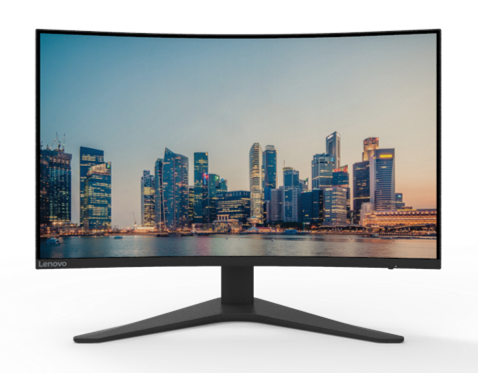In the realm of modern education, technology has become an indispensable tool for both teachers and students. Among the various technological advancements, monitors play a pivotal role in shaping the learning experience in classrooms. From interactive displays to virtual learning platforms, monitor have revolutionized the way educators impart knowledge and students engage with course materials. In this blog, we will delve into how monitors are enhancing learning in classrooms and the benefits they bring to education.
Interactive Displays: A Dynamic Teaching Tool
Interactive displays, often large touchscreen monitors, have gained popularity for their ability to make lessons more engaging and interactive. These monitors enable teachers to showcase educational content with dynamic visuals, interactive quizzes, and collaborative activities. Students can actively participate, solving problems directly on the screen and engaging with the material in a hands-on manner. This interactive approach fosters better understanding and retention of the subject matter.
Visual Learning: Bringing Lessons to Life
Monitors have the ability to present information in a visually appealing manner, catering to different learning styles. Complex concepts can be simplified through diagrams, graphs, videos, and animations displayed on the monitor. Visual aids enhance comprehension, making abstract topics more tangible and easier to grasp. Moreover, they create a stimulating learning environment, sparking students’ curiosity and encouraging active involvement in the learning process.
Access to Online Resources and E-Libraries
Monitors provide a gateway to a vast array of online educational resources and e-libraries. Teachers can access digital textbooks, academic journals, and interactive learning platforms to supplement their lessons. This access to a wealth of information enriches the learning experience, allowing educators to diversify their teaching methods and provide students with a broader perspective on the subject matter.
Customized Learning Paths: Catering to Individual Needs
With the aid of monitors, teachers can personalize learning experiences to meet the specific needs of each student. Adaptive learning software and educational apps can be utilized to tailor lessons based on a student’s pace of understanding and learning style. Monitors act as the interface for these adaptive technologies, facilitating a more personalized and effective learning journey for each student.
Collaborative Learning and Group Projects
Monitors promote collaboration and teamwork among students. Through group activities and projects displayed on a shared screen, students can brainstorm, exchange ideas, and collectively work on assignments. This collaborative approach not only enhances critical thinking and problem-solving skills but also fosters communication and interpersonal skills, preparing students for the demands of the professional world.
Distance Learning and Virtual Classrooms
Especially in recent times, the importance of monitors in facilitating distance learning and virtual classrooms cannot be overstated. Monitors enable real-time video conferencing, online lectures, and virtual classroom setups. Students can join lessons from different locations, making education accessible and inclusive. Monitors bridge the physical divide, ensuring that students can continue their education even during challenging circumstances.
Enhancing Teacher Productivity and Efficiency
Monitors not only benefit students but also empower educators. Teachers can manage their lessons more efficiently, organize teaching materials digitally, and quickly adapt to students’ needs. Grading and providing feedback can also be streamlined through various educational software, enabling teachers to dedicate more time to teaching and guiding their students.
Conclusion
Monitors have emerged as a transformative tool in modern education, enriching the learning experience and empowering both teachers and students. Interactive displays, visual learning aids, access to online resources, and the ability to personalize learning paths are just a few ways in which monitors are enhancing education in classrooms. As technology continues to advance, monitors will undoubtedly play an even more significant role in shaping the future of education, making learning more engaging, effective, and accessible for all.

